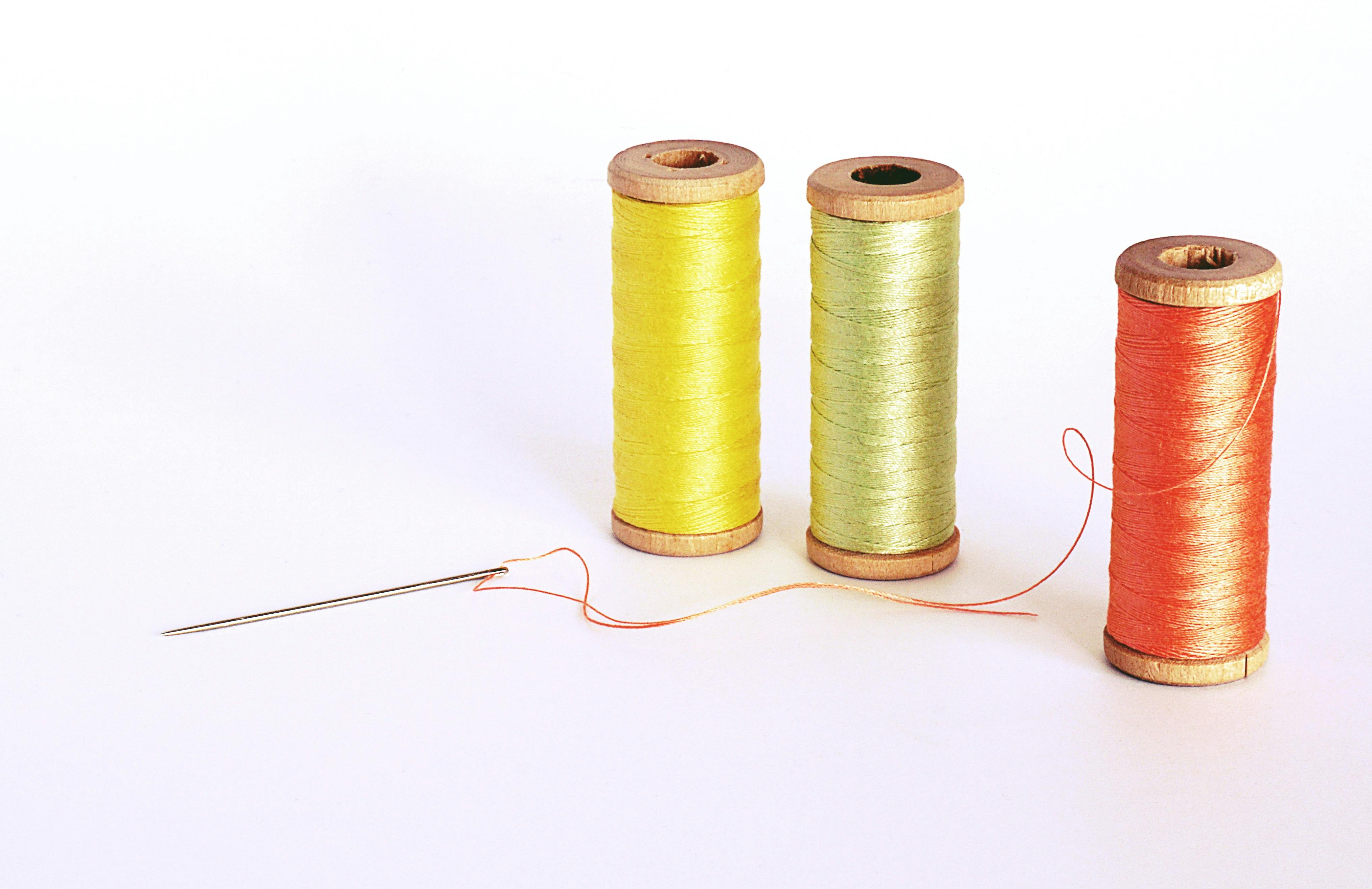If you have plantar fasciitis or some other foot problem that makes it hard to move, you’re probably in the camp that emphasizes resting your foot or exercises to loosen it up. Depending on the severity of your foot condition and how long you’ve had it, you may benefit more from resting.
However, if you spend too much time resting your foot, it can remain sore and possibly stiff and weak. People with plantar fasciitis should talk to their podiatrist about establishing an exercise routine that helps loosen and strengthen the foot without overextending or using it.
If you’re an active person who doesn’t want to or can’t afford for a foot injury to derail your ability to move pain-free for longer than necessary, here are some of the best and worst plantar exercises. fasciitis and other foot injuries:
The best exercises for plantar fasciitis
Toe Stretches
With these toe exercises, you will improve the flexibility of your toes and feet, as well as stretch your foot and calf muscles. This simple exercise can be done anywhere you have access to a hard chair.
To do this exercise, sit in a chair with both feet flat on the floor and hip-width apart. Raise both heels as high as you can with your toes flat on the ground. Keep your heels up for 10 seconds. Lower your heels to the ground. Then lift your toes up while keeping the rest of your foot flat on the floor. Then curl your toes under your foot. Try to do these exercises 10 times at least three times a week.
toe curls
Toe curls help with toe flexibility and strengthen the muscles on the top of the foot. This exercise requires a hard chair and a dish towel or washcloth. Start by sitting on the chair and placing the cloth or dish towel on the floor in front of you. Place one foot on the towel and grab it with your toes, curling your toes under your foot toward your heel. Extend and relax your toes and push the fabric back away from you and do the same toe grip and pull with the other foot. Do this five times with each foot.
toe pickup
Similar to the previous exercise, this toe raise exercise involves picking up small objects with your toes. Marble and/or smooth stones work best. Start by placing the marbles on a towel in front of a chair and place a container on the towel next to the marbles. Sit in the chair so that both feet are flat on the floor. Using one foot, try to pick up half the marbles one by one with your toes and drop them into the bowl. Use the other foot to do the same thing with the remaining marbles.
ball roll
With this exercise, the muscles on the sole of the foot will be stretched and strengthened. Any type of ball will work, whether it’s a tennis ball, baseball, hockey, golf, softball, etc. Even if you don’t have a ball, a soda can work just fine.
Simply sit on a hard chair and place the ball of your choice or soda can under the center of one of your feet. With a light amount of pressure applied, gently move your foot back and forth over the ball. Do a few reps for each foot.
take a walk in the sand
Walking on soft, uneven sand is a great way to strengthen your feet and ankles, as well as stretch your leg and foot muscles, especially your calf muscles. A short barefoot walk on the local beach is a relaxing way to strengthen your feet. If there’s no beach nearby, a sand playground, sand volleyball court, or desert can also work.
The worst exercises for plantar fasciitis
jump training
You should avoid popular jump training or plyometric exercises while rehabilitating your plantar fasciitis foot. The sudden impact of jumping and landing on your feet during plyometrics can cause further damage, tearing, and strain to the tendon in your heels and arches.
Running or jogging
These two forms of cardio are common causes of plantar fasciitis and other foot injuries in the first place. Not surprisingly, continuing to run or jog while suffering from a foot injury or foot condition is a bad idea. In addition to increasing pain and discomfort, the constant forceful impact on the foot during these activities can further strain, damage, and tear the muscles and tendons in the feet.
jump squats
Jump squats, also known as push squats or burpees, are bad news for people with plantar fasciitis. The sudden impact of jumping and landing on your feet, in addition to the quick movements of burpees, can easily cause you to re-injure or worsen your plantar fasciitis.
team sports
Popular team sports like soccer, basketball, football, lacrosse, rugby, and field hockey should be avoided while recovering from plantar fasciitis. Sudden foot movements and the constant impact of running and jumping can cause the fascia to tighten, tear, or re-injure.
aerobics and dance
One may think that aerobics and cardio dance are safe exercises for plantar fasciitis due to the less forceful impact on the feet. Like jump training, both of these cardio exercises involve long periods on your feet and sudden, hard impact on your feet when jumping and hopping.
To recover faster from an injury or episode of plantar fasciitis, it’s important to balance resting your feet with correct and safe exercises that strengthen your feet. To find out if you have plantar fasciitis or learn about safe and beneficial exercises to reduce pain, improve flexibility and speed healing, contact your podiatrist today.



